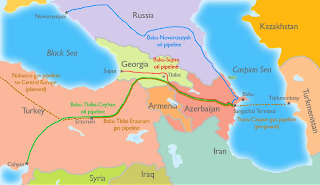
The versatility of today's modern phones is amazing and cell phone applications have become complex and efficient throughout continuous development. There are several other functions than communication that can be performed by a mobile phone, such as business applications or entertainment programs. Cell phone applications were initially designed for mobile businessmen and women and they attempted to bring some of the main communication and data processing options of a desktop PC to the traveler. Business cell phone applications are highly popular today, allowing managers to keep an eye on their company status even when they are half way around the world. Cell phone applications are not all management oriented some are created for the amusement of the users. Mobile games are present on all cell phone models, ranging from the cheapest ones and going all the way to the high tech gadgets that few can afford. Entertainment oriented cell phone applications are a big success mostly because they offer enjoyment in remote places, such as bus stops or during long trips, but also because of their user friendliness. Mobile learning is a relatively new side of cell phone application development. This innovative way of assimilating useful information is becoming very popular with users of all ages. Learning for an exam such as the SAT, for example, is now possible anywhere, at anytime. Simply access your cell phone menu and select the test preparation cell phone application and go through the test. It is very similar to taking a computer test, with the advantage that you can do this absolutely anywhere. This means that instead of wasting time waiting for a train to arrive in station you can invest that time into a better exam preparation, thanks to these useful cell phone applications. Go Test Go offers a wide range of mobile learning applications, whether you are preparing for an SAT exam, a driver's license exam or getting ready to explore the business cultures of a different country.

































